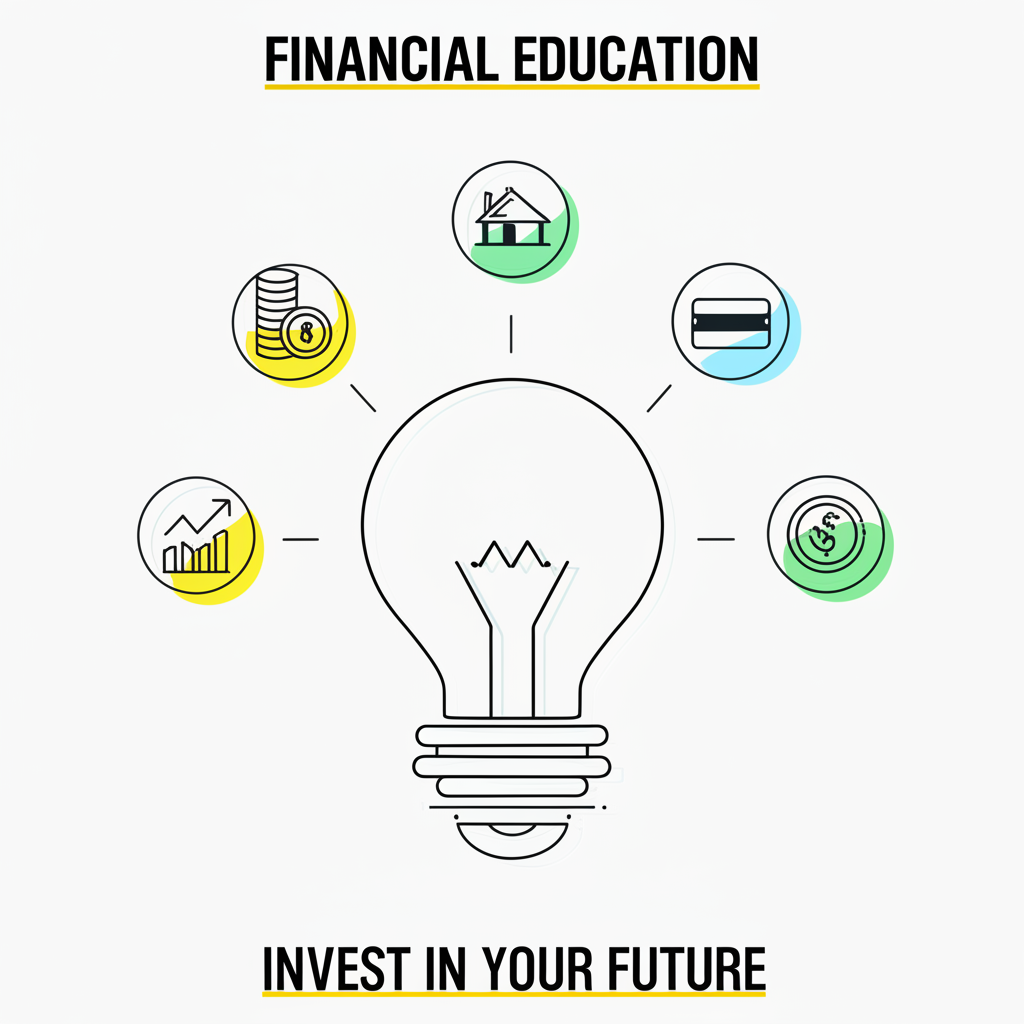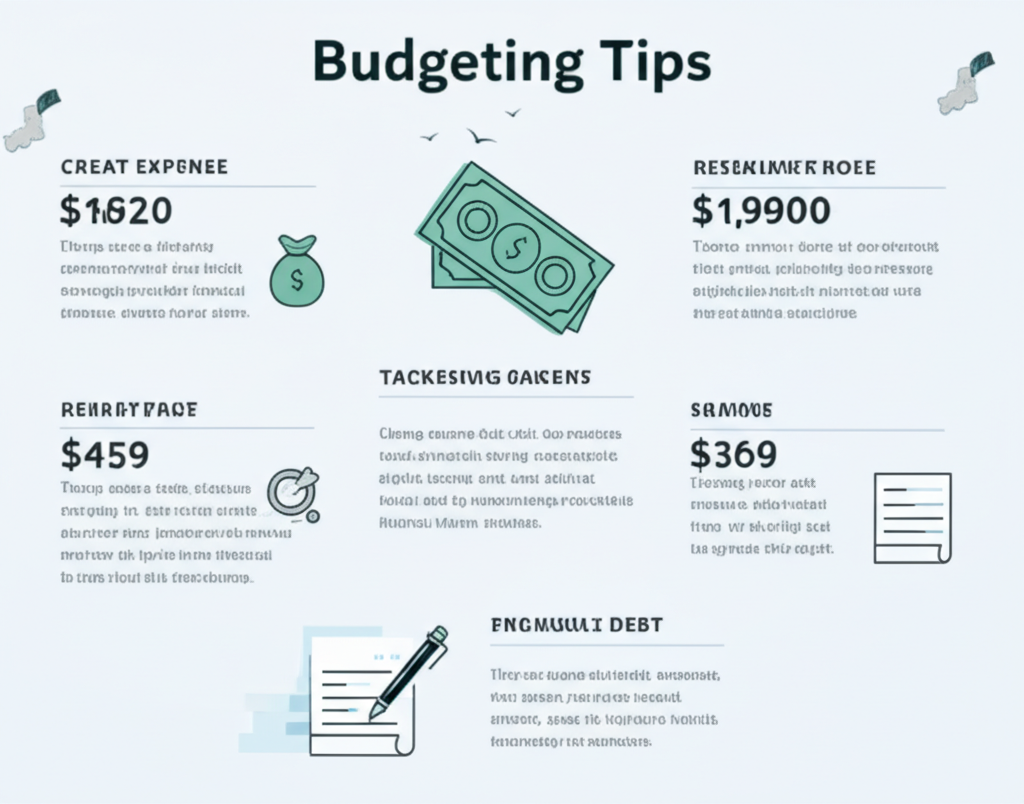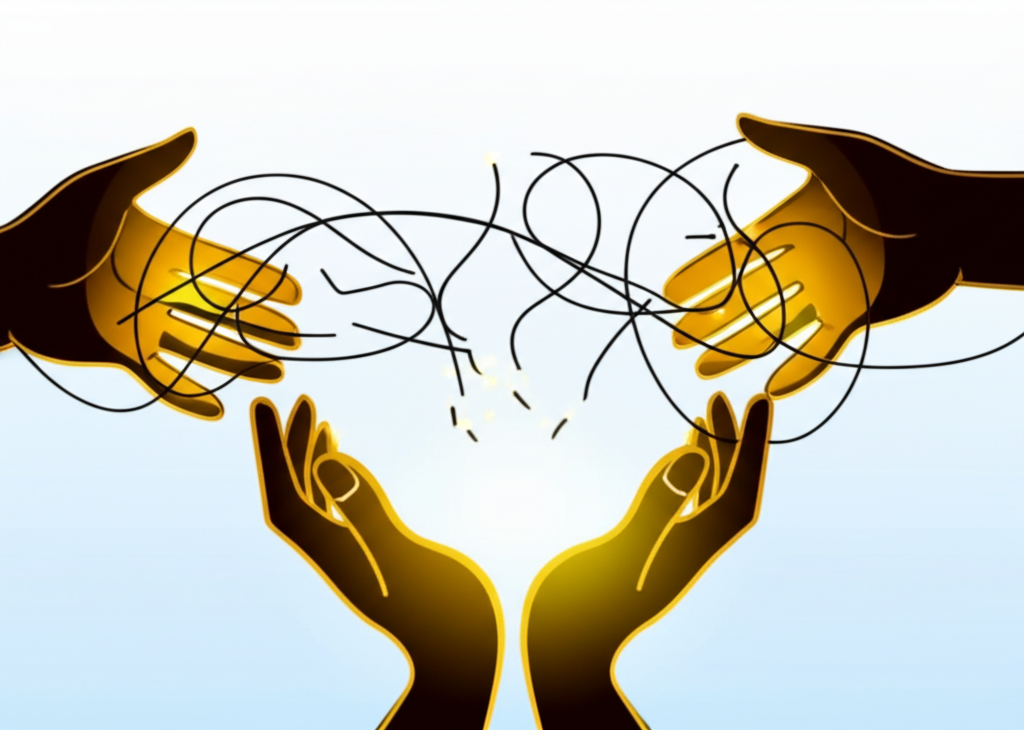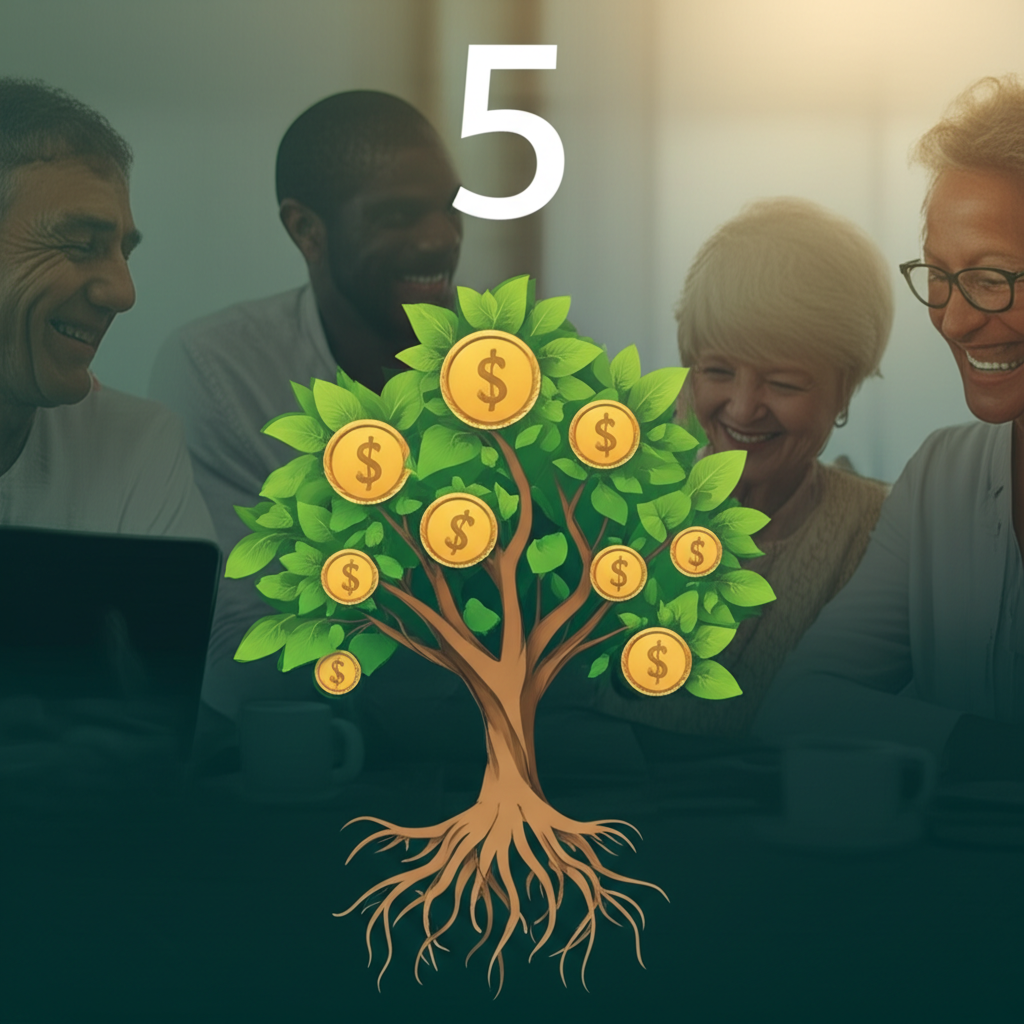Understand Your Debt Relief Options
See if you qualify for help reducing or consolidating your unsecured debt.
No phone numbers required. No obligations.

How Debt Relief Works
Debt relief can involve negotiating with creditors, consolidating balances, or exploring other options based on your situation.
Assessment
Review your unsecured debts, income, and goals to determine potential options.
Program Match
Explore consolidation, settlement, payoff strategies, or counseling based on eligibility.
Next Steps
If you move forward, a provider may outline a plan. Results vary and are not guaranteed.
What Types of Debt May Qualify?
Credit Cards
Revolving balances with high interest rates.
Personal Loans
Unsecured loans and lines of credit.
Medical Bills
Unexpected expenses and collections.
Collections
Charged-off or third-party collections.
Note: Secured debts (e.g., mortgages, auto loans) typically do not qualify for settlement programs.
Common Misconceptions About Debt Help
Debt relief is a quick fix
Reputable programs take time and discipline. There is no guaranteed or overnight solution.
Settlement and consolidation are the same
Consolidation combines debts into one payment. Settlement seeks to resolve debts for less than the full amount owed. They are different approaches with different risks.
All providers are the same
Fees, processes, and qualifications vary. Always review disclosures and verify credentials.
Connect with Us
Educational tips and updates on our social channels.
Note: A live Instagram feed requires using the Instagram Basic Display API or a third-party widget. Connect your token in a future update to populate this grid automatically.





